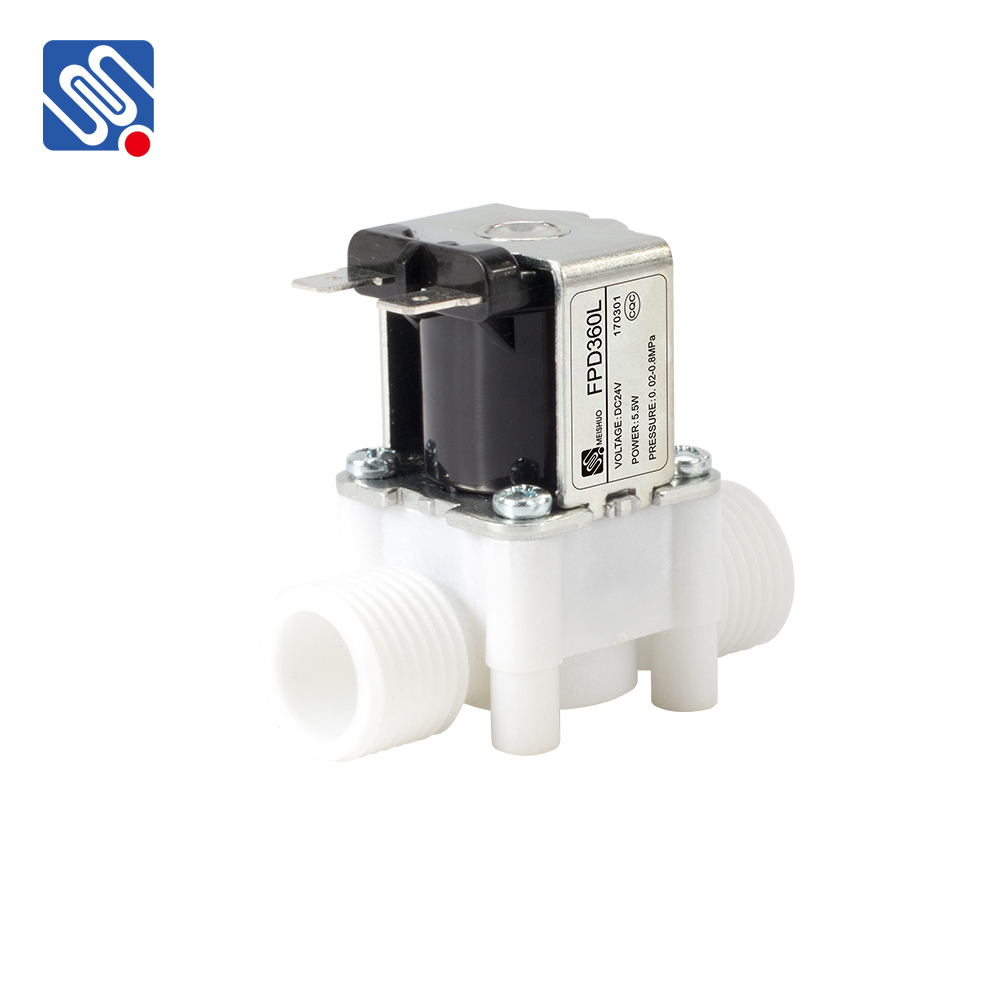A Plastic Water Solenoid Valve is a crucial component in modern water control systems. These valves utilize electrical energy to control the flow of water or fluids in various systems. They offer a reliable and cost-effective solution for industries that require precise fluid control. Made of plastic materials, these solenoid valves provide several distinct advantages over traditional metal valves, making them ideal for a wide range of applications, from household appliances to industrial systems. In this article, we will explore the working principle, benefits, applications, and common types of plastic water solenoid valves.

Working Principle of a Plastic Water Solenoid Valve The core function of a Plastic Water Solenoid Valve is to control the flow of water or other liquids through a pipeline. The valve consists of a solenoid coil, a plunger, and a valve body. When electrical current is passed through the solenoid coil, it generates a magnetic field that moves the plunger, opening or closing the valve. In most cases, the valve is designed to either open or close the flow based on whether the solenoid is energized or de-energized. There are two primary configurations for solenoid valves: Normally Closed (NC) and Normally Open (NO). In a normally closed valve, the flow is blocked when the solenoid is not energized, and it opens when the solenoid is powered. Conversely, a normally open valve is open when the solenoid is unpowered and closes when the solenoid is activated. This makes solenoid valves flexible for different operational needs.